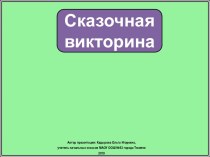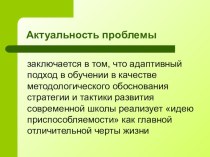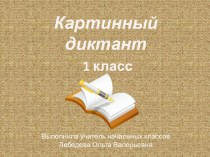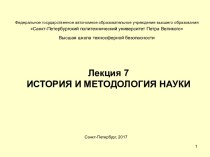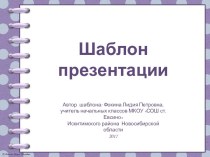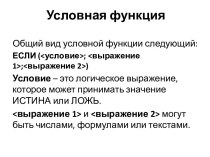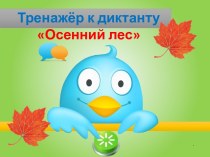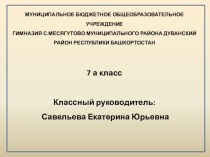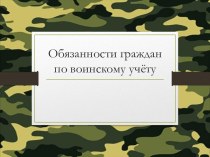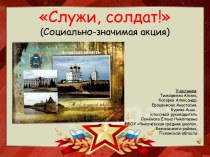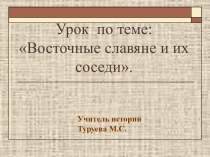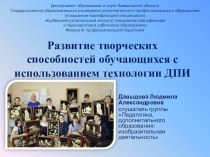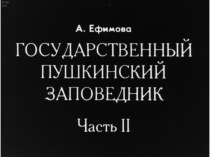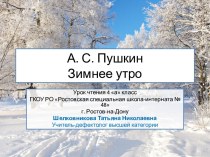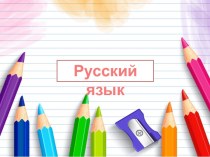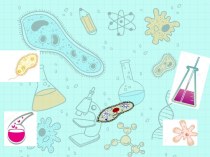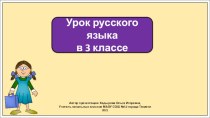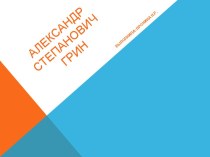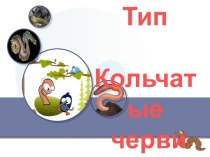- Главная
- Разное
- Бизнес и предпринимательство
- Образование
- Развлечения
- Государство
- Спорт
- Графика
- Культурология
- Еда и кулинария
- Лингвистика
- Религиоведение
- Черчение
- Физкультура
- ИЗО
- Психология
- Социология
- Английский язык
- Астрономия
- Алгебра
- Биология
- География
- Геометрия
- Детские презентации
- Информатика
- История
- Литература
- Маркетинг
- Математика
- Медицина
- Менеджмент
- Музыка
- МХК
- Немецкий язык
- ОБЖ
- Обществознание
- Окружающий мир
- Педагогика
- Русский язык
- Технология
- Физика
- Философия
- Химия
- Шаблоны, картинки для презентаций
- Экология
- Экономика
- Юриспруденция
Что такое findslide.org?
FindSlide.org - это сайт презентаций, докладов, шаблонов в формате PowerPoint.
Обратная связь
Email: Нажмите что бы посмотреть
Презентация на тему MOST ESSENTIAL READING SKILLS. Презентация
Содержание
- 2. Reading requires very complex cognitive skills.
- 3. Proper reading skills: not only comprehension the ability to analyze texts and understand their messages
- 4. Essential skills for the reading process:Previewing SkimmingScanning Reading for DetailVisualizingSummarizingCritical reading
- 5. Previewing In many cases when students
- 6. SKIMMINGSkimming is considered a speed-reading skill. While
- 7. SCANNING Scanning allows the reader to
- 8. READING FOR DETAIL Detailed reading, or
- 9. VISIULIZING Some students get the reading
- 10. SUMMERIZING After reading the text,
- 11. Скачать презентацию
- 12. Похожие презентации
Reading requires very complex cognitive skills.
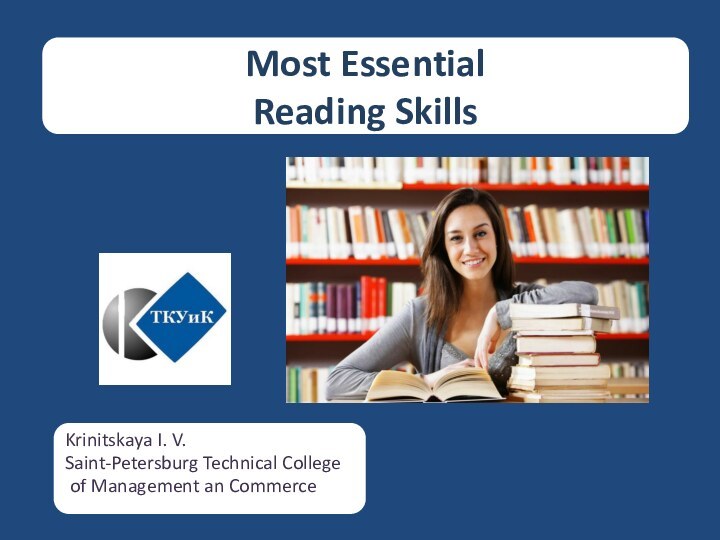



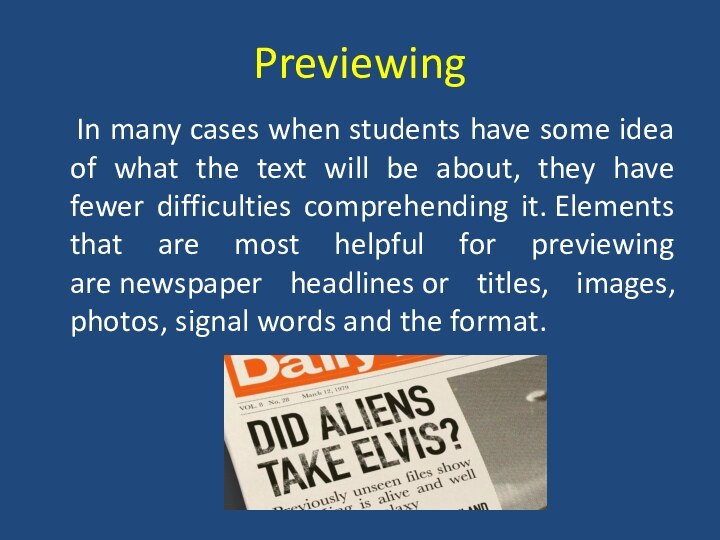


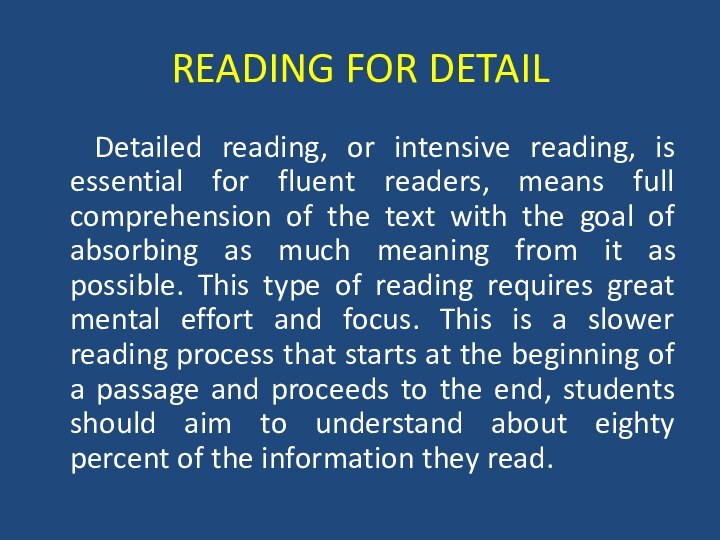



Слайд 4
Essential skills for the reading process:
Previewing
Skimming
Scanning
Reading for Detail
Visualizing
Summarizing
Critical
reading
Слайд 5
Previewing
In many cases when students have
some idea of what the text will be about,
they have fewer difficulties comprehending it. Elements that are most helpful for previewing are newspaper headlines or titles, images, photos, signal words and the format.
Слайд 6
SKIMMING
Skimming is considered a speed-reading skill. While skimming
the text the reader quickly jumps over it to
get the main idea. It allows the reader to spot the part of the text which will be of immediate interest for the reader and they will need to read it more closely. For example, many students need to read long reports at work. By skimming the report, they can still follow the gist and stop when they find something of particular interest to them.The teacher may deliver students several newspaper or magazine articles, give them 5 minutes to skim those articles and tell which one they remember better. Circling keywords and writing them down on the board will help students identify the word associations and see the main idea.
Слайд 7
SCANNING
Scanning allows the reader to quickly
search a text for a particular piece of information.
Scanning is ideal when students need to find some specific information, for example, a phone number, the date of a historical event or the time their train is leaving. As a scanning activity in the classroom students may be given questions to answer after the reading, fill in the blanks.
Слайд 8
READING FOR DETAIL
Detailed reading, or intensive
reading, is essential for fluent readers, means full comprehension
of the text with the goal of absorbing as much meaning from it as possible. This type of reading requires great mental effort and focus. This is a slower reading process that starts at the beginning of a passage and proceeds to the end, students should aim to understand about eighty percent of the information they read.
Слайд 9
VISIULIZING
Some students get the reading material
better when they visualize the information with the help
of mind maps or graphic organizers. Before reading a text, the teacher may ask the learners to visualize some parts from the text in this way helping them to better comprehend the reading. For example, if they are reading a newspaper article on the contaminated river, they may be asked to picture the river and its surroundings.
Слайд 10
SUMMERIZING
After reading the text, students
should be able to summarize what they’ve read. This
may be a short oral summary or a full paragraph. The most important element of summarizing is getting the main idea of the material. Summarizing implies the ability to tell the main point of the reading material in a concise way. Learning organizers such as concept-mapping will help your students identify main ideas and subtopics in informational texts and summarize it effectively. By filling in the spaces provided, students will be able to understand its contents better. Imagine a text is about “The Olympic Games”. The teacher writes the topic “The Olympic Games” in a central box. Then, he/she discusses the ideas surrounding the topic. After that, the students identify the main points in every paragraph and actually write them in boxes surrounding the topic.For example:
Taking place every four years
First game held in Greece in 776 B.C or earlier
Summer and winter games

